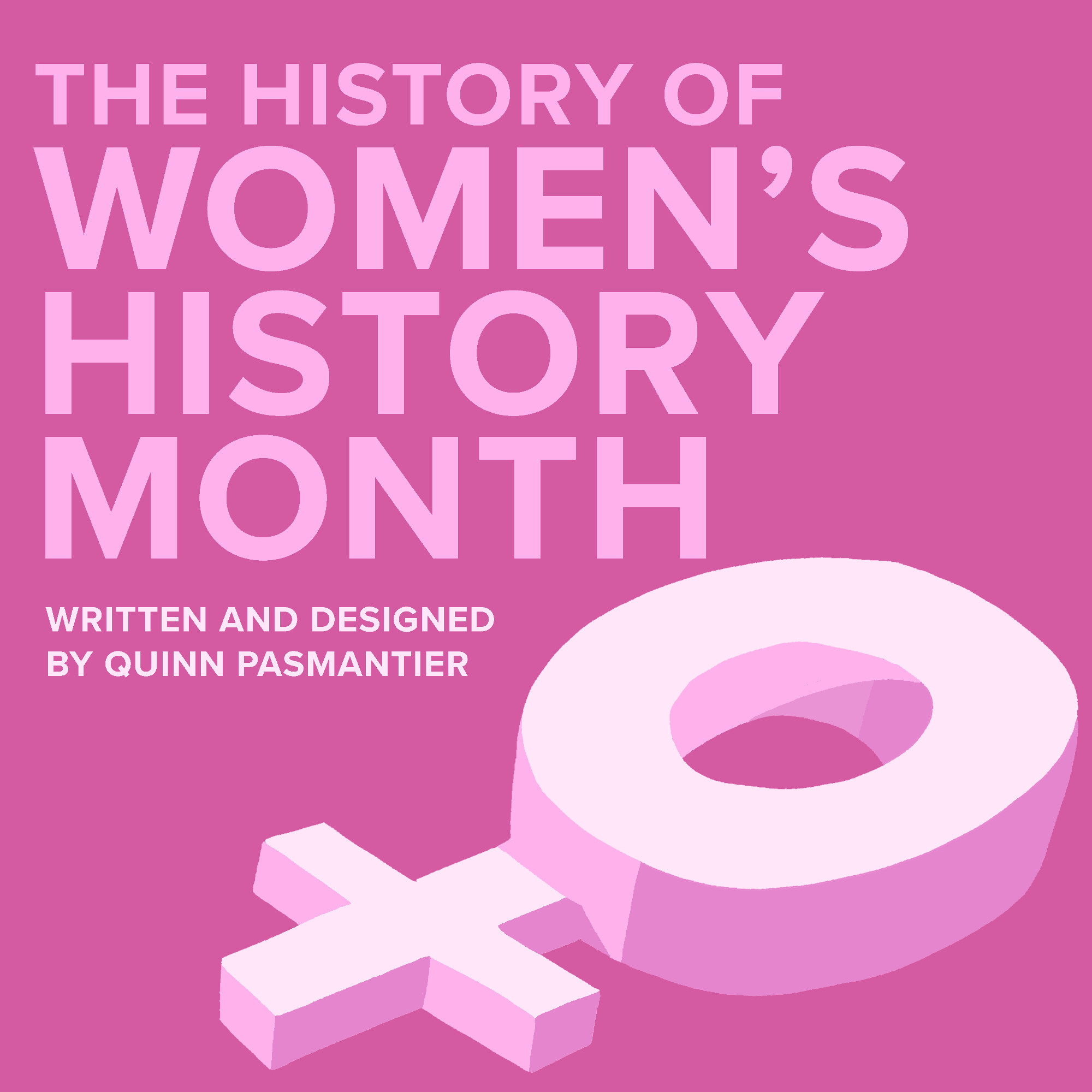
The inspiration for Women’s History Month can be traced back to events as early as March 8, 1908, when more than 15,000 female workers from the Lower East Side in New York marched to protest unfair working conditions. This day was later memorialized in 1909 as “National Woman’s Day” by the Socialist Party of America, whose celebrations drew attention from newspapers across the country. This short-lived variant of the later-christened “International Women’s Day” was celebrated until 1913, ending due to the more official, government-recognized holiday being instated just a year later in 1910.
International Women’s Day would go on to enjoy over 60 years of popularity until 1978, when International Women’s Week (March 1 – March 8) was celebrated for the first time in Sonoma County, California. Organized first by the Education Task Force of Sonoma County, International Women’s Week was meant to be a fun way for teachers to introduce topics of women’s history in their classrooms. Events, presentations and lectures were held to honor important female historical figures — all culminating in a final county-wide parade in Santa Rosa.
Though the event was never intended to spread outside Sonoma County, just two years later it found itself getting a presidential proclamation from the White House, with President Jimmy Carter declaring it an official week of observance. In his speech announcing the designation as official, Carter pushed for further focus on women’s history in education, saying, “I urge libraries, schools, and community organizations to focus their observances on the leaders who struggled for equality — Susan B. Anthony, Sojourner Truth, Lucy Stone, Lucretia Mott, Elizabeth Cady Stanton, Harriet Tubman and Alice Paul.” The same year, an organization known as the National Women’s History Project (now known as the National Women’s History Alliance) was formed with a singular goal in mind — to write women back into history.
In 1987, after being petitioned by this group, Congress passed Public Law 100-9, which designated all of March as “Women’s History Month.” Similarly to Carter, President Ronald Reagan issued a proclamation recognizing the month’s validity, calling upon the American people to join him in observance. “Women have served our Nation with valor and distinction during wartime, nursing the wounded, piloting airplanes, performing vital jobs in defense plants,” he wrote in Proclamation 5619. “Women have forged a place for themselves in public life, serving on the Supreme Court, in the Congress, and Cabinet posts; becoming Ambassadors; and holding Federal Executive posts that affect the lives of every citizen.”
Today, although Women’s History Month might look a little different from how it was celebrated in the ‘80s, the sentiment remains the same. The following is an excerpt from President Joe Biden’s 2024 proclamation of Women’s History Month, promoting the same theme that was present over a hundred years ago at the protests in New York: “This Women’s History Month, may we recognize the long, storied history of great women helping to realize our Nation’s founding promise and highest aspirations. May we all continue working to build a world worthy of the dreams and goals of all women and girls.”